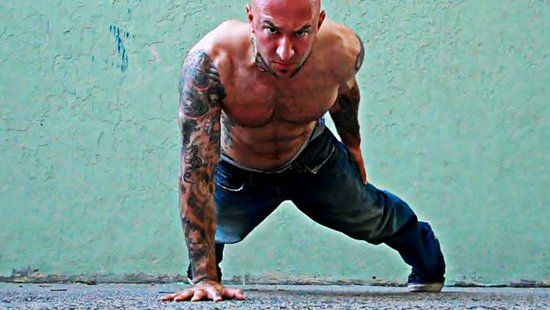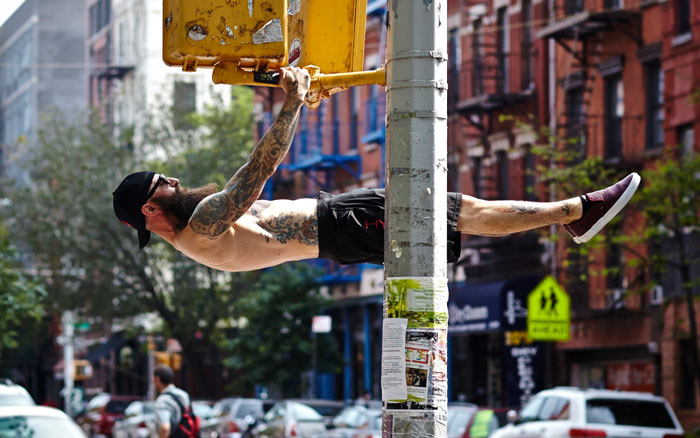
It’s tempting to use the terms “core” and “abdominal” muscles interchangeably.
After all, having visible abs and sub-seven percent body fat gives us an automatic pass to forget training our core, right?
Not exactly.
You see, the truth is that the abdominal muscles are just a part of our core.
Why?
Because BROscience. And because I said so.
All joking aside, our entire core includes our upper back muscles, our lower back muscles, our psoas muscle and then our abdominal muscles.
That last area becomes especially important for earning our “beach body” card.
However, without a strong core, our “beach body” muscles are just there for show.
The good news is that Progressive Calisthenics happens to be the perfect way to wake these muscles up—even when they’re hidden beneath layers of fat.
What about abs being made in the kitchen (not the gym)? Yeah, yeah . . . we’ve all heard that one before.
We could just as easily counter that question with: What foods STRENGTHEN the core musculature?
So, instead of wasting time on semantics and dogmatic fitness debates, let’s cut to the core with more important matters.
Like WHEN and HOW to train the core for best results.
Who’s with me?
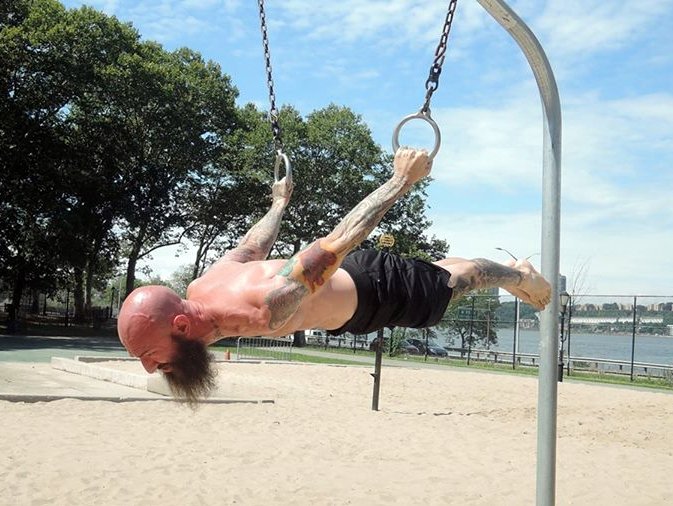
WHEN to Train the Core
Ideally, we’ll train the core first thing during our workouts whenever we are:
- Making a comeback from a sports injury
- Combating some form of lagging or acute inflammation around a joint/tendon so that it doesn’t turn into chronic inflammation (i.e., performing an active recovery workout in place of a regular workout)
- Not feeling a solid muscle contraction where we need to on a given movement—which could lead to acute and/or chronic inflammation
Whenever we are feeling closer to 100 percent and beyond, we’ll train our core after emphasizing our lower body muscles.
This is because, when we target our largest muscles first, we elicit a favorable hormonal response that translates into greater energy expenditure from our core musculature.
What if we’re emphasizing our upper body muscles during our main workout?
Well, it’s still recommended to superset some lower body plyometrics and core moves during our warm-up to help get us get in the zone.
We could also consider throwing in some core moves as bonus work if we accomplish our desired training effect earlier than expected for a given workout day.
Just ‘cause, you know, that playing around stuff is good for us every so often.
HOW to Activate the Core
Now that we’re all on the same page with when we should train our core, I’m sure you’re dying to know how you can start applying this info . . . like yesterday.
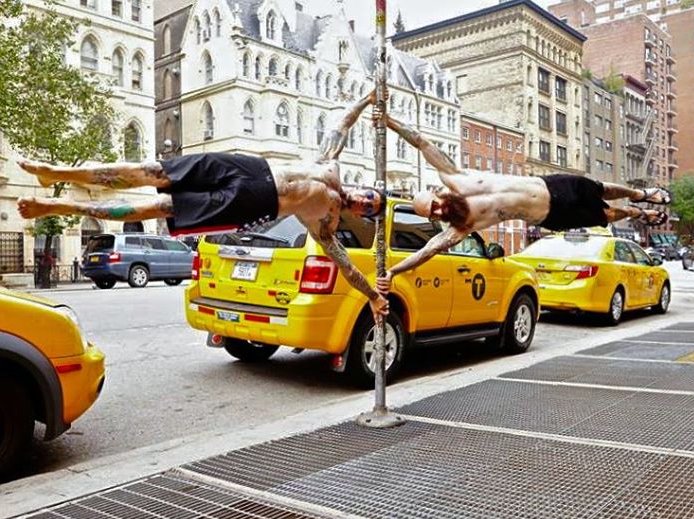
In this capacity, here are some drills to help you feel what it’s like to activate the entire core musculature.
These are ordered from least to most challenging and should be practiced as such.
- Hollow Rock (Floor)
- Hollow/Reverse Hollow Sideways Roll (Floor)
- Reverse Hollow (Superman) Rock (Floor)
- Hollow/Reverse Hollow Swing (Start/Stop – Hanging)
- Sideways Hollow Swing (Start/Stop – Hanging)
Here’s what these moves look like in action in case you’re unfamiliar with the naming system I’ve used for them.
https://youtu.be/OjccrGGndGk
While it’s not necessary to structure your practice too much with these moves, it is recommended to just pick one or two at a time, and really focus on accentuating total body tension with them.
Implication or Application – You Decide!
As you’ll see and feel over time, a stronger core allows you to progress toward more advanced skills without fear of injury.
In particular, the similarities between the positions and transitions of these moves and those of front levers, kipping muscle-ups, and human (press) flags should be fairly noticeable.
Defying gravity rules!
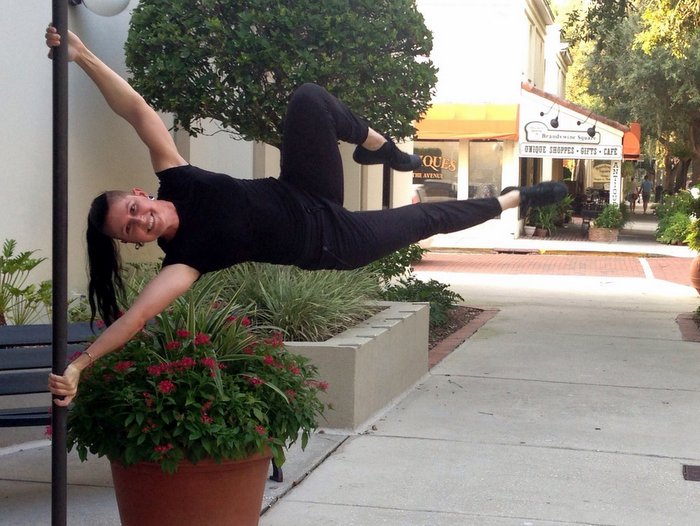
Now that you have further knowledge and tools to help you cut to the core, hopefully you will either imply other intelligent questions from this info, or apply greater integrity when using these muscles, moving forward.
In other words, knowledge is power, and the choice is yours in how you use it!
****
Eric Buratty brings six years of experience to the DC Metro Area as a Certified Personal Trainer, Progressive Calisthenics Instructor, Nutrition Consultant and Sports Injury Specialist. For more information about Eric check out his website, EricBurattyFitness.com.
